Faringdon History
Faringdon is being built on what was known as Foster Block, “Broomleigh”
Before its recent sale, the farm had been in the Foster Family for 75 years. David Foster lived on the land for 69 years having continuous and active involvement in the farming of it.

1937
John Foster bought the farm, which was originally 500 acres. The land was mainly covered in gorse and broom, with low numbers of sheep grazing on the cleared areas. Horses pulling a swamp plough* were used to clear the gorse and broom in the early part of John’s ownership. *Later Bush and Bog Discs, pulled by a tractor, made progress in clearing the land.
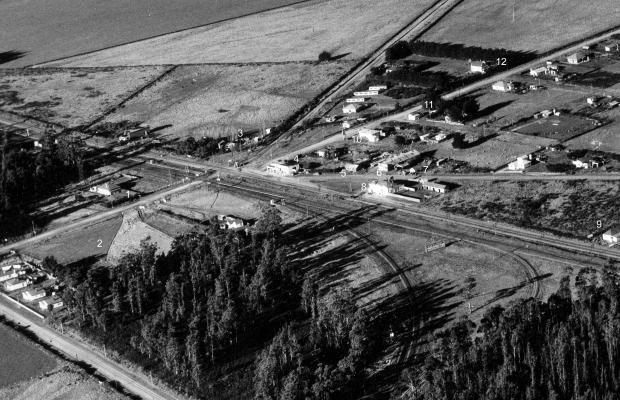
1955
An Observatory was erected for research by Ilam University with American investment. It was shifted to Mt. John in the late 1960s. Some concrete portions of floor remain on the land.
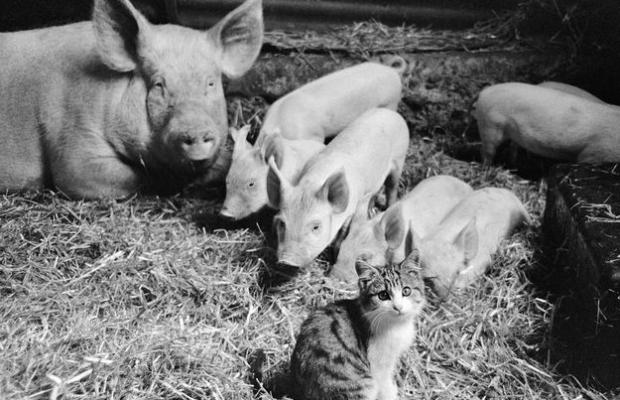
1958
David Foster (John’s son) left school at 15 years old to work for his father, tractor driving, clearing gorse and growing oats. As a sideline David raised pigs in sties, using food scraps from Lincoln College which he cooked using a steam boiler, before being fed to the pigs.
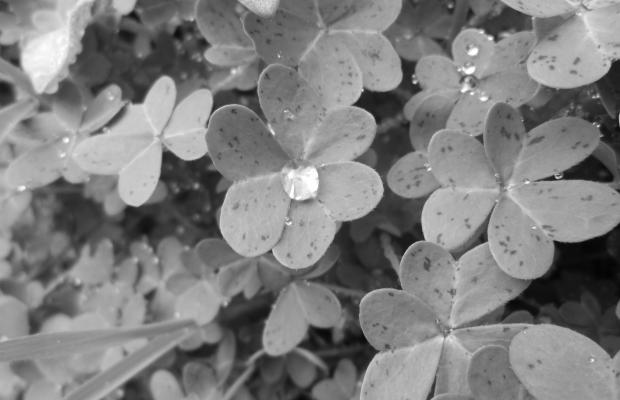
1968
John Foster died and David worked for the Estate. He Introduced the spreading of large quantities of lime to increase the growth of clover and grass and reduce the growth of gorse and broom.
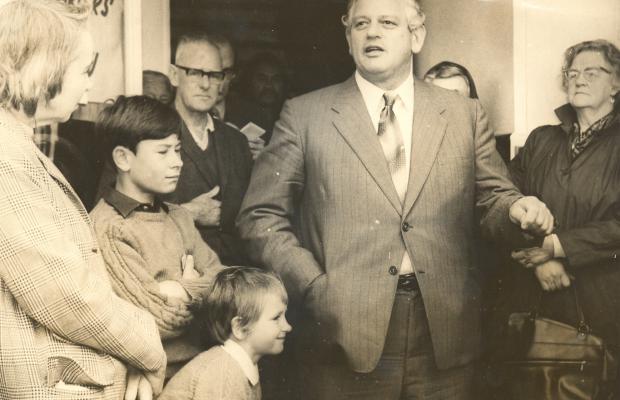
1973
The Norman Kirk Labour Government proposed “Rolleston New Town”, a Satellite City with the intention to stop the population drift North. The family received a formal letter of the Governments intention to compulsory acquire the farm under the Public Works Act. The farm was purchased from the Estate with the intention of selling to the Government and buying another farm, but in 1975 the Government changed and withdrew the proposed New Town idea. The Labour Government had brought up about 1/3 of land required by this stage. Rolleston was left in Limbo for many years.
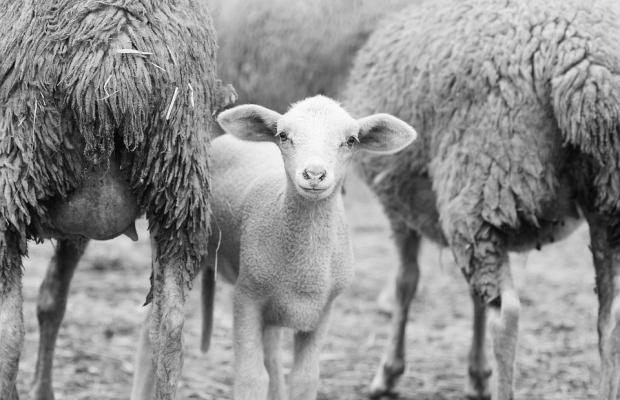
1975
David brought the farm from the Estate and for the next 30+ years he increased sheep numbers for fat lamb farming, cropped barley and oats, produced Lucerne for hay to sell off farm.
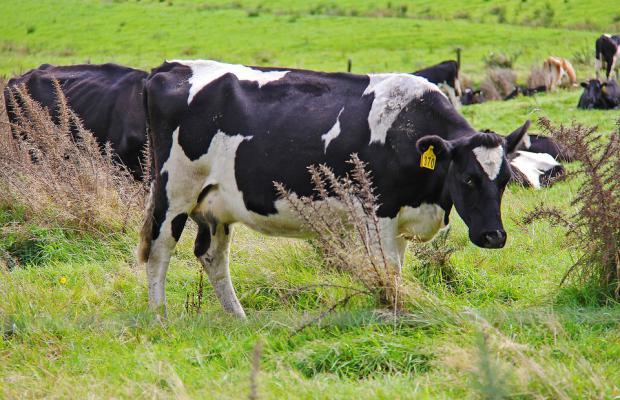
2008
The farm was leased for cattle grazing and the growing of Lucerne and oats for silage making.

2012
Faringdon subdivision / real estate development transformation begins.
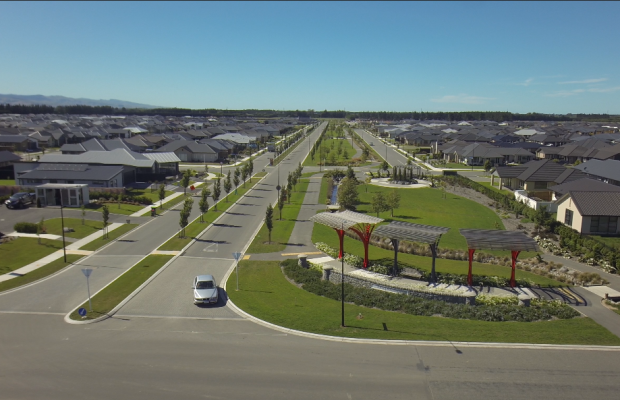
2018
Faringdon is now Canterbury’s most sought after residential development.
Over 1200 new homes have been built or are nearing completion. In excess of 3000 people now call it home, and it boasts preschools, primary and secondary schools all within walking distance. Your future really does start here.

2021
Two new stages, West Village & Westwood, have been consented and construction is underway. The two stages will deliver more than 800 new sections to Faringdon.

2024
All sections in both West Village and Westwood have now been sold, with majority of builds complete or nearing completion.
These are the final stages for Faringdon, bringing to an end a development journey spanning 12 years. There are now more than 3,000 sections in Faringdon, with roughly 9,000 residents. Faringdon’s legacy of quality living in a masterplanned community will continue through its sister-neighbourhood, Arbor Green.
Find out more about Arbor Green, Rolleston here.
